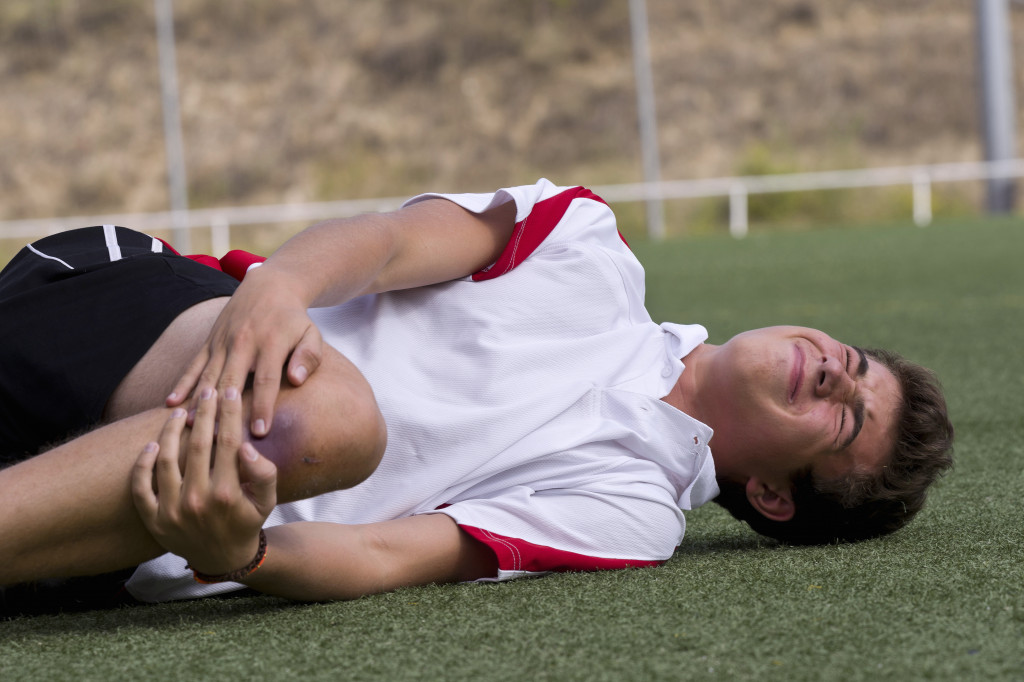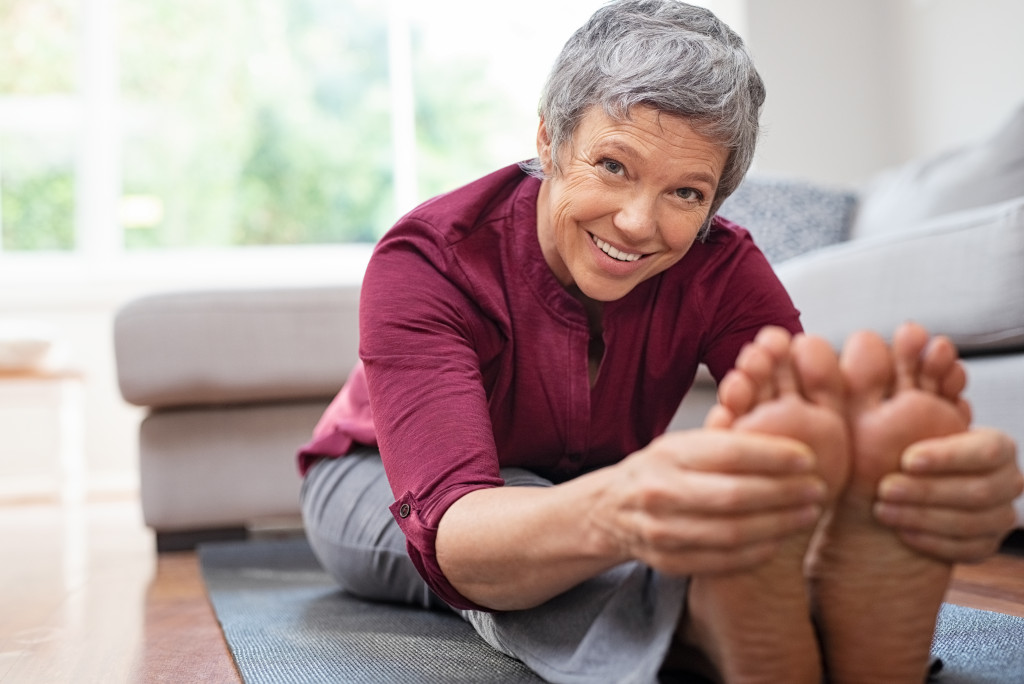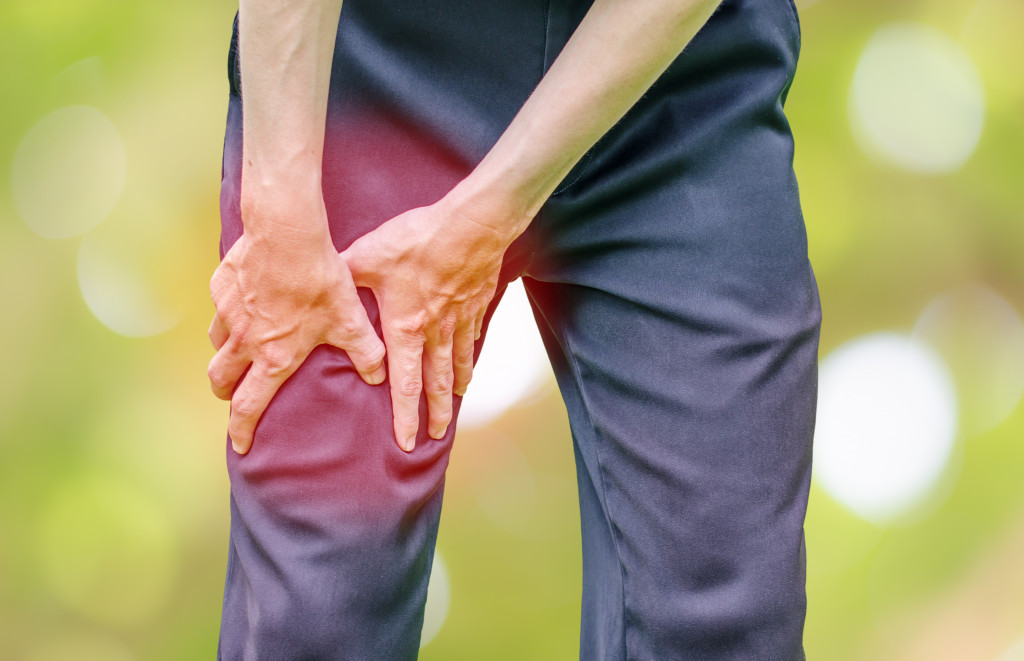- The human knee is a complex joint involving bones, ligaments, tendons, muscles, and cartilage that can experience pain.
- Common causes of knee pain include osteoarthritis, knee injuries, Patellofemoral Pain Syndrome, bursitis, and gout.
- Corticosteroids or platelet-rich plasma injections can treat infected or inflamed knees, reducing pain and discomfort.
- Strengthening exercises, low-impact activities, and the right balance between rest and exercise are crucial for knee health.
- Over-the-counter or prescription medications and surgical procedures can address severe knee pain; professional medical advice is vital.
Knee pain is a common complaint, especially as we age. It can be caused by various conditions, from injury to osteoarthritis. No matter the root cause, knee pain can be debilitating and frustrating. Here’s what you need to know about the human knee, its leading reasons for the pain, and how you can deal with it.
The Human Knee
First, it’s essential to understand what the knee is and how it works. The knee joint comprises the femur (thighbone) and the tibia (shinbone). These bones are connected by a network of ligaments, tendons, and muscles that hold them in place. The knee also contains cartilage, which acts as a shock absorber for walking, running, or jumping.
Common Causes of Knee Pain
Many different conditions can lead to knee pain. Some of the most common causes are:
1. Osteoarthritis
As one of the most common causes of knee pain, osteoarthritis occurs when the cartilage in the joint wears down over time. Age, genetics, and obesity can all contribute to the onset of osteoarthritis, which leads to pain when walking, climbing stairs, or standing for long periods.

2. Knee Injuries
Knee injuries, such as a ligament tear or dislocation, can result in acute or chronic knee pain. ACL tears and meniscus injuries are prevalent among athletes and require immediate medical attention. Knee injuries can cause swelling, stiffness, and instability, making everyday activities more challenging.
3. Patellofemoral Pain Syndrome
Patellofemoral Pain Syndrome (PFPS) is a common overuse injury that results in pain around and behind the kneecap. It can be caused by various activities, including running, jumping, and squatting. As one of the most common sources of persistent knee pain in young adults, treatment for PFPS includes physical therapy and targeted exercise.
4. Bursitis
Bursitis, or inflammation of the fluid-filled sacs cushion the knee joint, can result in chronic knee pain. It is often caused by repetitive motions, such as kneeling or climbing stairs, and is commonly experienced by athletes and construction workers. Symptoms include swelling, redness, and tenderness around the knee joint.
5. Gout
Gout is a form of arthritis caused by the accumulation of uric acid crystals in the joints. It can be excruciating in the knee joint, causing intense pain, swelling, and warmth. Gout flares can be managed with medication and lifestyle changes, including adjustments to diet and exercise routines.
Dealing With Knee Pain
There are some ways you can deal with knee pain. Here are four ways to do that:
Injections
As stated earlier, the knee can be infected or inflamed, leading to pain and discomfort. Injections of corticosteroids or platelet-rich plasma (PRP) can help reduce inflammation and improve symptoms. A reliable knee injection can undoubtedly get rid of any bacterial infection. It can also prevent any further damage to the knee.

Exercises
Strengthening exercises, like squats and leg lifts, can help reduce knee pain by improving your overall muscle strength. Additionally, low-impact activities like swimming or cycling can be beneficial as they put less strain on joints. Finding a balance between rest and exercise is essential to keep the knees healthy.
Medication
Over-the-counter nonsteroidal anti-inflammatory drugs (NSAIDs) can help reduce inflammation and pain from knee conditions. They should be taken as instructed by your doctor or pharmacist, and you should avoid taking too much as this could cause dangerous side effects. If over-the-counter medications are not effective, prescription medications may be necessary.
Surgery
In some cases, knee surgery may be the best option to resolve pain and restore mobility permanently. Your doctor can advise you on whether or not surgery is right for you. It is essential to understand that knee surgery can help improve range of motion and reduce inflammation but will not cure underlying conditions such as arthritis or bursitis.
Knee pain can be debilitating, but there are ways to manage it and keep your knees healthy! You can alleviate knee pain and restore range of motion with the right combination of rest, exercise, and medication or surgery. It’s essential to stay in tune with your body and understand when you need a break from activity or when it’s time to see a doctor for further help.


